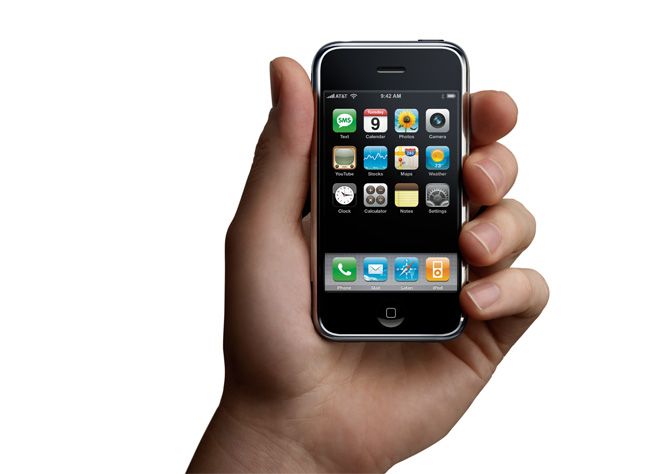
Smartphones are quickly becoming the most coveted devices for consumers these days. They browse the Web, check email, play videos and use thousands of apps to expand functionality. Here are the three best smartphones currently on the market for those looking to buy, as rated by our sister site, TopTenReviews.
No. 1: Apple iPhone 3GS 32GB
The iPhone is now the epitome of what a smartphone should be in many consumers eyes, and for good reason. The iPhone was the first major smartphone to show that content is as important as functionality.
The most recent iPhone has some good hardware: 3.5-inch capacitive touchscreen, 32 GB of storage, GPS, Bluetooth, Wi-Fi and a 3-megapixel camera. But it's the content users can get through Apple's App Store that really makes the iPhone functional.
The Apple App Store is famous for offering hundreds of thousands of apps, many for free, that allow users to track their health, paint on their phones, play games, and much more. Cost: $299
No. 2: Motorola DROID
Motorola has struggled to make popular phones, especially smartphones, for several years, which only made the DROID a more surprising success when it debuted. The Motorola DROID eschews the sleek and curved design aesthetic of its competitor, the iPhone, and instead has a boxy and robotic look to accompany its name.
Sign up for the Live Science daily newsletter now
Get the world’s most fascinating discoveries delivered straight to your inbox.
Despite its appearance, this phone is anything but rough around the edges. The DROID's screen is large, 3.7-inches, and has a much higher resolution, 440 x 854 pixels, than most other smartphones. This makes text and images on the DROID especially crisp and appealing. The DROID also includes 16GB of storage, GPS, Bluetooth, an Internet browser, Wi-Fi antenna and 5-megapixel camera.
The biggest difference in the Motorola DROID is the operating system. The DROID uses Android 2.0, a mobile operating system made by Google. This makes the phone very customizable in comparison to the relatively locked-down nature of the iPhone OS. It also makes the DROID capable of using apps. The Android Market has many of the same kinds of apps found on the iPhone, although there aren't nearly as many to choose from. Cost: $200
No. 3: Palm Pre
The Palm Pre was the darling of the Consumer Electronics Show in 2009. Even when it actually hit shelves months later, it still elicited excitement because of its unique design and brand new operating system.
The Palm Pre is the only smartphone on this list to use the portrait slider format, meaning it slides up instead of to the side when holding it like a phone. The full QWERTY keyboard on the bottom part of the slider is especially useful for those who send a lot of text messages or email.
The Palm Pre has a 3.2-inch capacitive touchscreen, 8 GB of storage, GPS, Bluetooth, Wi-Fi, a 3-megapixel camera and an Internet browser.
The Palm Pre runs a relatively new operating system called WebOS. It uses a special "card" system to display open apps and features, allowing a user to cycle through them easily and switch back and forth between apps. The Droid doesn't multitask nearly as well, and the iPhone can't multitask at all. The downside is that WebOS is not widely used in phones and so hasn't received the same kind of support from app developers. Cost: $150












